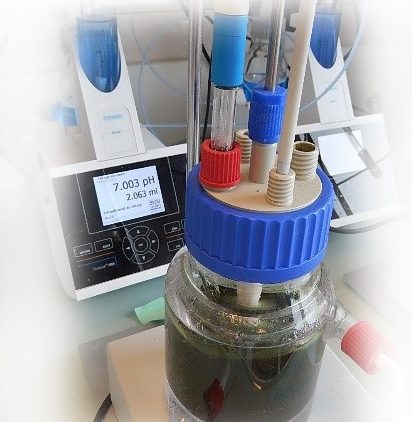
Functional properties are what determine the value of proteins as food ingredients. Measuring functionality in a non-biased way by independent experts is therefore essential!
IMPROVE can screen reliably all aspects of protein functionality and advise on potential applications of a product based on its properties.
- Behaviour in water
No matter the application, a protein ingredient will be put in contact with water during manufacturing or just before consumption. How a protein interacts with water therefore always affects its end-use quality. The parameters measured at IMPROVE are:
– Protein instant properties: solubility, dispersibility, wettability, sedimentation…
– How protein affects product rheology and viscosity
– The water holding capacity of protein
Some applications:
The instant properties of a protein are especially important when designing nutritional beverages. Adding a protein with high water holding capacity to meat products will help them to remain moist and juicy after cooking.
- Emulsification
Proteins are the among the best natural emulsifiers because of their hydrophobic / hydrophilic nature. The emulsifying properties of a protein are assessed by producing an emulsion in well-controlled conditions and measuring oil droplets size over time. Destabilisation phenomenon can then be assessed: flocculation, coalescence, phase separation…
Some applications:
Emulsifiers are useful in applications in which both oil and water are present. Proteins with good emulsifying activities can be used in dairy replacers such as milk alternatives.
- Foaming
Foaming capacity is another desirable attribute of proteins. To measure this capacity, a foam is produced in a glass tube. A camera and a conductivity meter measure foam volume and liquid drainage over time. Foaming capacity is assessed by the maximum volume of foam and its stability over time.
Some applications:
Foaming capacity is important when developing desserts like chocolate mousse or when looking for substitutes for egg white in a recipe
- Gelling
Gelling capacity is linked with protein ability to be denatured by temperature or pH and to reorganise as a well-ordered 3D network. Several methods are available to characterise the gelling properties of a protein:
- Determining the minimum concentration of protein able to form a gel
- Measuring gelling temperature or gelling kinetics in a rheometer
- Characterising gel strength, elasticity and cohesion by Texture Profile Analysis
Some applications:
Proteins with good gelling capacities can be used to improve the texture of cooked meats or meat alternatives. They can also be used to develop yoghurts, candies…
